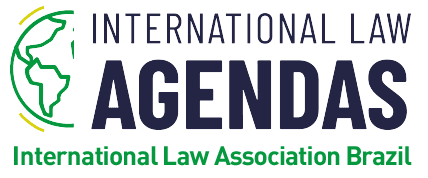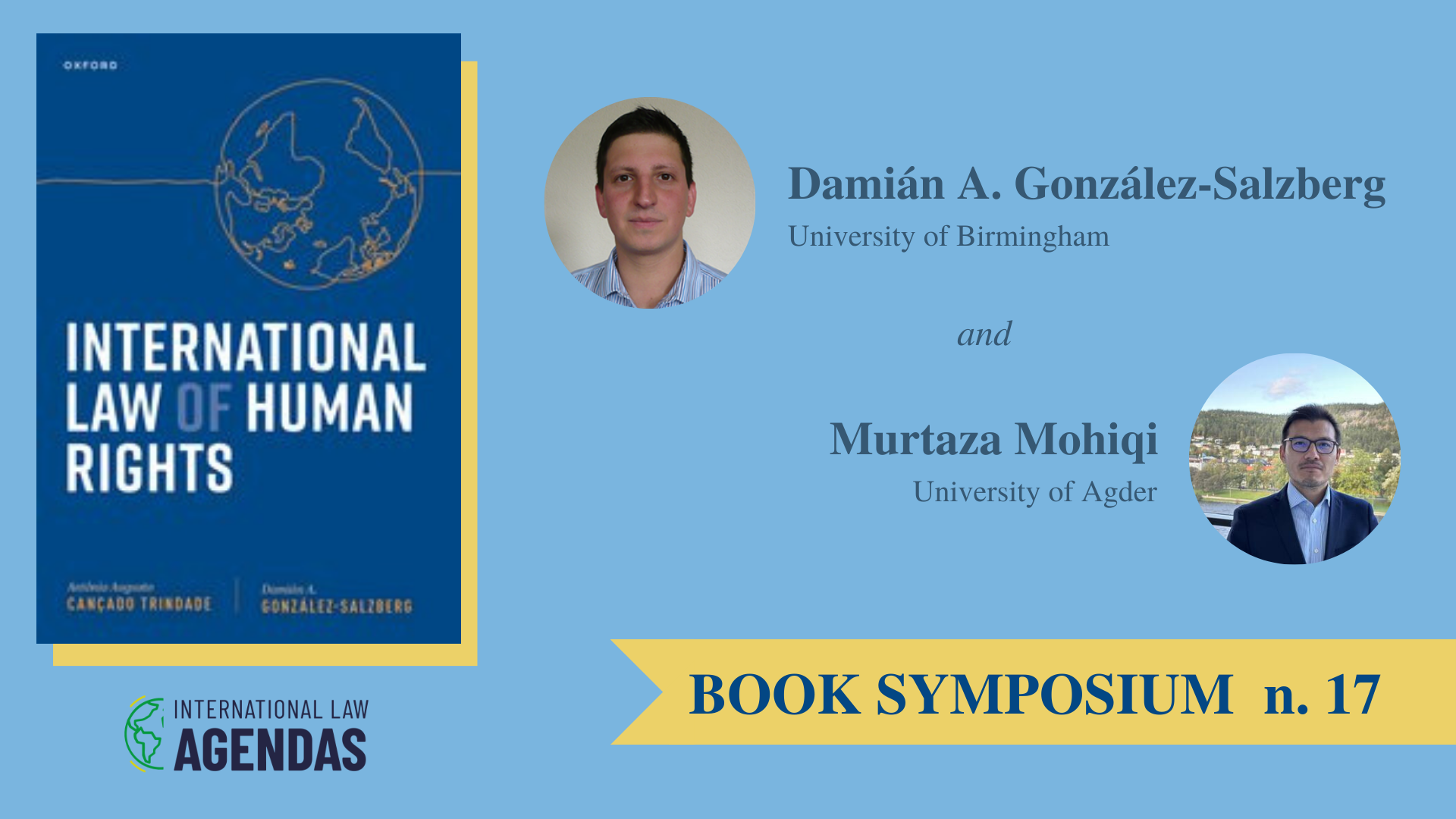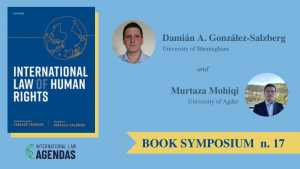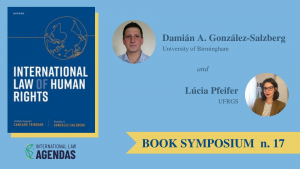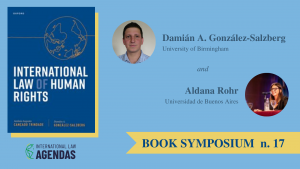“International Law of Human Rights,” stands out as a comprehensive exploration of human rights law. As a human rights teacher from Afghanistan who has taught in various legal systems across the Global South (particularly within Islamic contexts) and the Global North, my review of this book is shaped by both my professional and personal experiences. This book provides critical insights and offers a fresh perspective that resonates deeply with the complexities of teaching human rights law in diverse cultural and legal landscapes. My key response to the book is that it effectively bridges the gap between universal human rights standards and local cultural contexts, though it also highlights the need for adaptation to specific regional and cultural nuances.
Global South Perspective
One of the book’s most commendable aspects is its emphasis on the Global South perspective. In my experience, traditional human rights discourse often marginalizes the voices and experiences of the Global South. This book addresses this gap by highlighting the unique challenges faced by these regions, including the lingering effects of colonialism and the dominance of Western epistemes. This perspective is particularly relevant for educators and practitioners in Islamic countries, where local customs and religious laws significantly influence the interpretation and application of human rights principles. The authors’ critical examination of these intersections provides valuable insights that can help educators navigate these complexities and foster a more inclusive understanding of human rights.
Historical and Philosophical Foundations
The book’s thorough exploration of the historical and philosophical foundations of human rights is another strength. Understanding the evolution of human rights concepts is crucial for bridging traditional values with modern human rights principles. In my teaching experience, particularly in Islamic contexts, it is essential to contextualize human rights within local cultural and religious traditions. The authors’ discussion of the historical development of human rights provides a solid foundation for this contextualization, helping students and practitioners appreciate the universality of human rights while respecting cultural diversity.
Comprehensive Coverage and Practical Guidance
The detailed examination of international human rights mechanisms, including the United Nations and regional systems, offers practical tools and strategies for advocacy and implementation. For human rights defenders in conflict zones like Afghanistan, where political instability and conflict pose significant challenges, understanding the roles and functions of international bodies is crucial. The book’s practical guidance on engaging with these mechanisms is invaluable, providing concrete steps for advocating human rights protection at both the international and regional levels.
Moreover, the inclusion of ‘case boxes,’ ‘further reflections,’ and ‘critical debates’ enhances the book’s practical utility. These features encourage critical thinking and provide practical examples that can be directly applied in advocacy and teaching. For example, the case summaries offer precedents that can guide legal practitioners in Islamic countries, helping them navigate the complexities of applying international human rights norms within local legal frameworks.
Critical Analysis and Inclusive Approach
The authors’ critical analysis and inclusive approach are particularly valuable for educators. By questioning traditional Western-centric narratives and incorporating diverse perspectives, the book fosters a more nuanced and critical understanding of human rights. This approach is essential for teaching human rights in diverse cultural contexts, as it encourages students to critically engage with the material and develop their perspectives.
In my experience teaching in both the Global South and the Global North, this critical approach helps students appreciate the complexities and nuances of human rights law. It encourages them to question assumptions and develop a more inclusive and empathetic understanding of human rights issues.
Challenges and Adaptation
Despite its many strengths, the book also presents some challenges, particularly in terms of cultural sensitivity and the applicability of Western legal frameworks. While the Global South perspective is a significant strength, the book’s reliance on international human rights instruments and judicial decisions rooted in Western legal traditions can limit its applicability in Islamic contexts. For educators and practitioners in these regions, significant adaptation is required to align the book’s insights with local customs and religious laws.
For example, the book’s discussions on gender equality and freedom of expression, while comprehensive, may need to be adapted to consider local cultural and religious nuances. In my teaching experience, this adaptation involves engaging with local scholars and community leaders to develop a more culturally sensitive understanding of these issues. This collaborative approach helps bridge the gap between international human rights norms and local traditions, fostering greater acceptance and integration of human rights principles.
Limited Focus on Non-Judicial Regional Mechanisms
The book’s focus on established regional systems like the Inter-American, European, and African human rights systems is informative but may not fully address the unique needs and challenges of Islamic countries, particularly in Asia and the Middle East. These regions often lack well-developed regional human rights mechanisms, making it challenging to directly apply the book’s insights.
For educators and practitioners in these regions, the absence of a robust regional framework necessitates a more localized approach to human rights advocacy. This localization involves developing local networks and engaging with regional organizations to build capacity and promote human rights protection. The book’s insights on regional systems can serve as a valuable guide in these efforts, providing a blueprint for developing similar mechanisms in Islamic contexts.
Conclusion
Overall, “International Law of Human Rights” is a significant contribution to the field of international human rights law. It not only educates but also empowers its readers to engage effectively with human rights mechanisms and advocate for the protection and promotion of human rights within their own societies. For educators and practitioners in Islamic countries, it provides a valuable foundation for developing a culturally sensitive and contextually relevant approach to human rights advocacy. However, the book’s reliance on Western legal frameworks and limited focus on regional mechanisms present challenges that require adaptation to local contexts.
-

Murtaza Mohiqi is a law lecturer, legal columnist, and human rights researcher, possessing experience in both human rights and private law at both domestic and international levels. Mohiqi's extensive research efforts focus on comprehensively examining multifaceted human rights aspects related to diverse demographic groups, including women, children, minorities, immigrants, and individuals with disabilities. His scholarly pursuits not only encompass human rights but also extend to the intricate domain of private law. This dual engagement spans constitutional, international, and global contexts, thereby augmenting the richness and breadth of his academic contributions. His research also covers the intersection of Artificial Intelligence and human rights. Through his written work, he critically examines emerging technologies, with a particular focus on their implications within the realm of law and human rights. Additionally, he holds the position of a Legal Tech Specialist, driven by his curiosity regarding the potential of technology to advance human rights and contribute to peace efforts.
